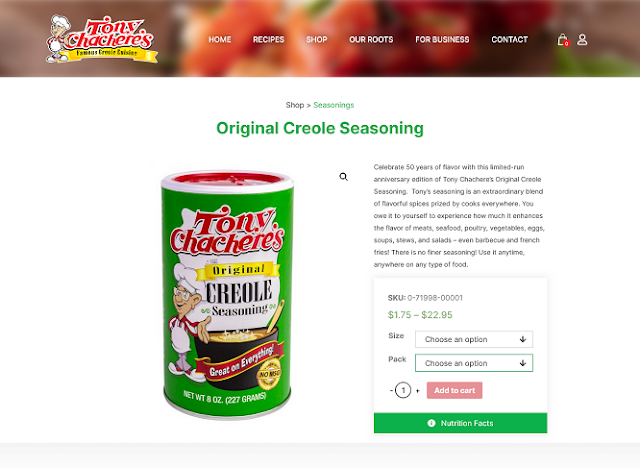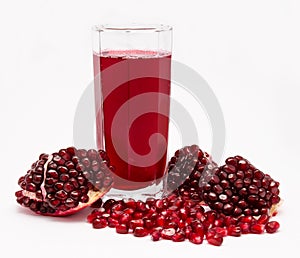Got rice? Got chicken? Let's do this!
Many cultures have a chicken and rice recipe. It's a universal comfort food combination found all over the world. A recipe that I really like is "Chicken and Rice - Persian Style". It's the saffron spice and the dried cherries that make this rice super good!!
- Persian Roasted Chicken with Cherry-Saffron Rice
- Tah-Chin - Persian Upside Down Layered Saffron Rice & Chicken
- World Cuisine : Potatoes or Rice? Rice! It Has Jewels!! (Instead of cherries, this recipe uses pomegranate.)
Here are some well-known versions from different regions:
🌍 Asia
-
Hainanese Chicken Rice (Singapore/Malaysia) – Poached chicken served with fragrant rice cooked in chicken fat and broth, accompanied by chili sauce and ginger paste.
-
Arroz Caldo (Philippines) – A rich, gingery rice porridge with chicken, often topped with scallions, garlic, and calamansi.
-
Chicken Biryani (India/Pakistan) – Fragrant basmati rice layered with spiced chicken, saffron, and fried onions.
-
Congee (China) – A comforting rice porridge sometimes made with chicken and flavored with soy, ginger, and scallions.
🌍 Middle East & North Africa
-
Kabsa (Saudi Arabia) – Spiced rice and chicken dish with cardamom, cinnamon, and raisins.
-
Maqluba (Levant) – A layered rice, chicken, and vegetable dish that’s flipped upside down before serving.
-
Chicken with Yellow Rice (Morocco) – Often cooked with turmeric, saffron, and preserved lemon.
🌍 Europe
-
Arroz con Pollo (Spain/Latin America) – Literally “rice with chicken,” featuring saffron or annatto and bell peppers.
-
Risotto con Pollo (Italy) – Creamy Arborio rice with chicken and Parmesan.
-
Greek Lemon Chicken and Rice (Avgolemono-inspired) – Roasted or simmered chicken with lemony rice and herbs.
🌍 Americas
-
Southern Chicken and Rice (U.S.) – A creamy casserole or stovetop dish with chicken, broth, and vegetables.
-
Arroz con Pollo (Latin America) – Varies by region — Cuban, Puerto Rican, and Colombian versions differ in spices and vegetables.
Do you have a favorite chicken and rice recipe?


































